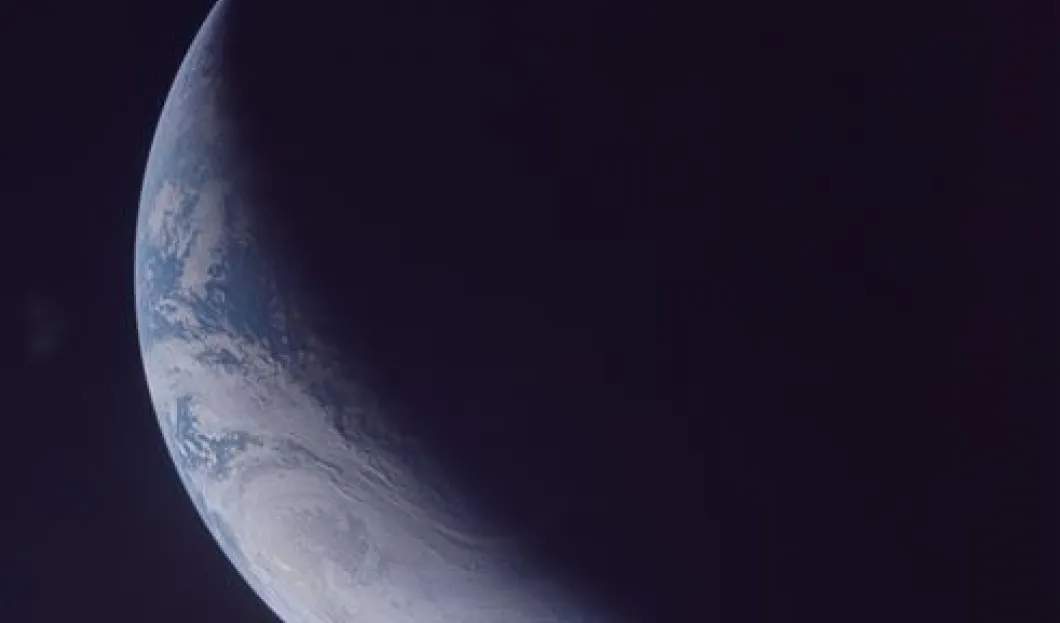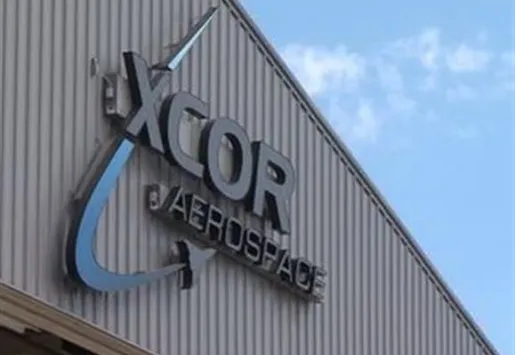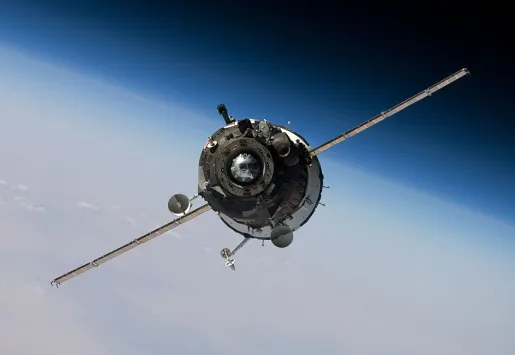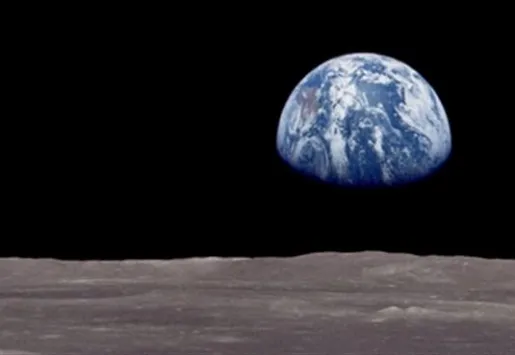
Countless people all around the world dream of experiencing the sensation of being in outer space, but the unfortunate reality is that for the vast majority of us, this will remain a dream.
Currently, space tourism agencies such as Space Expedition Corporation (SXC) are expecting to charge would-be explorers around $1.68 million HK dollars (USD 217,000 ) for the privilege of orbiting the Earth for a grand total of six minutes.
While this may be disappointing for some people, it is also a cause for concern for the space tourism agencies themselves, who fear that at the current rates, there will not be enough interested paying customers to make for a viable business plan.
In an attempt to remedy this, companies are beginning to turn to Asia.12 wealthy Asians will be amongst the very first space tourists to enter orbit with SXC in 2015, with company chief executive Michiel Mol stating that he expected within a few short years, some 30 to 35 percent of all their clients will come from Asian countries.
A strong regional interest in science and technology as well as burgeoning numbers of newly-wealthy are the primary reasons being put forth for this new focus on Asia. The Chinese market is of particular interest to SXC; they had been prevented from offering places to Chinese candidates until recently due to a security ban placed by the United States, but now anticipate demand from the country to surge.
Once flights begin, SXC's Lynx Mark II spacecraft will bring its passengers to a height exceeding 100 kilometers from the surface of the planet. Once the first 100 clients have successfully embarked into space, the cost of a space tourism trip is expected to reduce down, but only to a marginally less eye-watering USD 100,000.
The Federal Aviation Administration foresees that the space tourism industry could be worth in excess of USD 1 billion before 2030.

















It is a suborbital flight, a parabolic curved Spaceflight in RLV, reusable launch vehicle. Not an orbital trip.